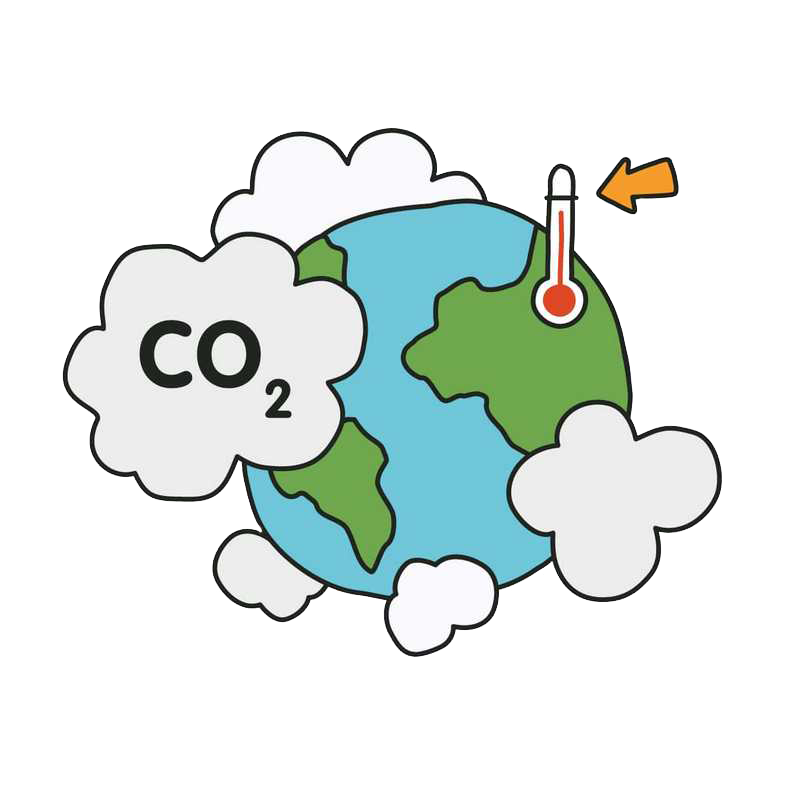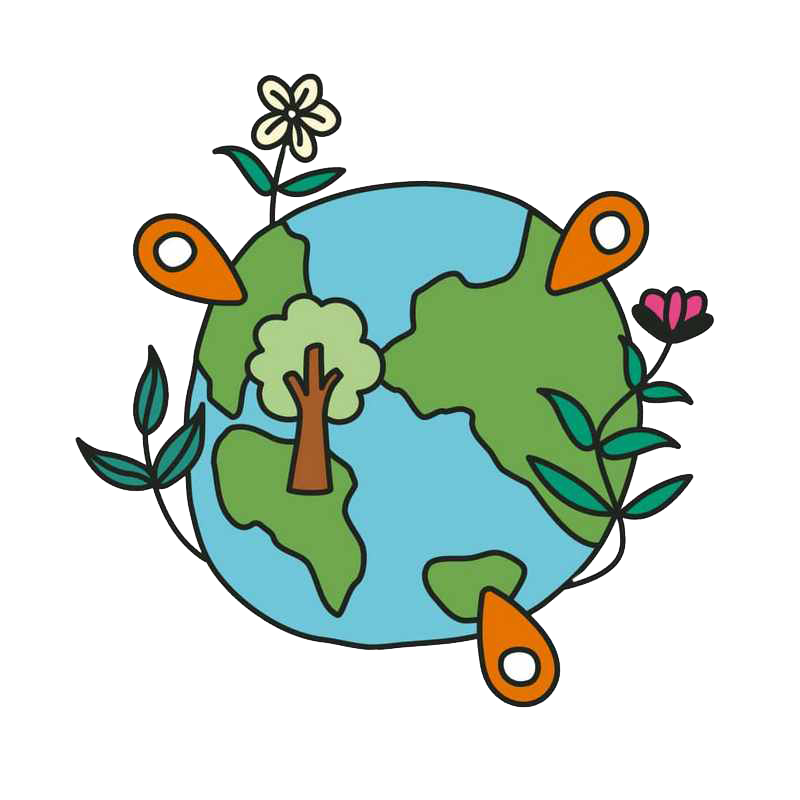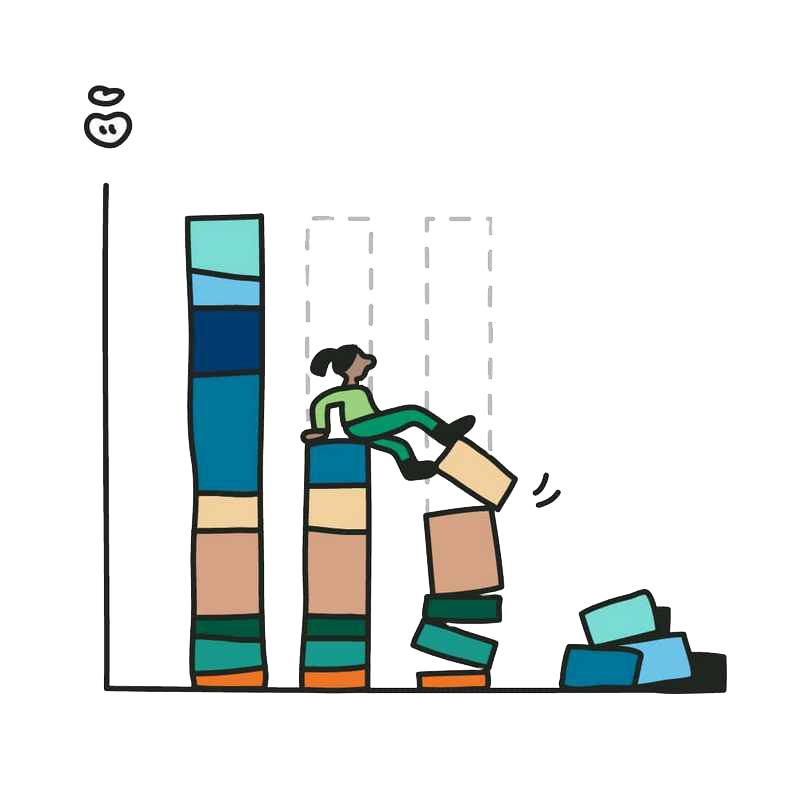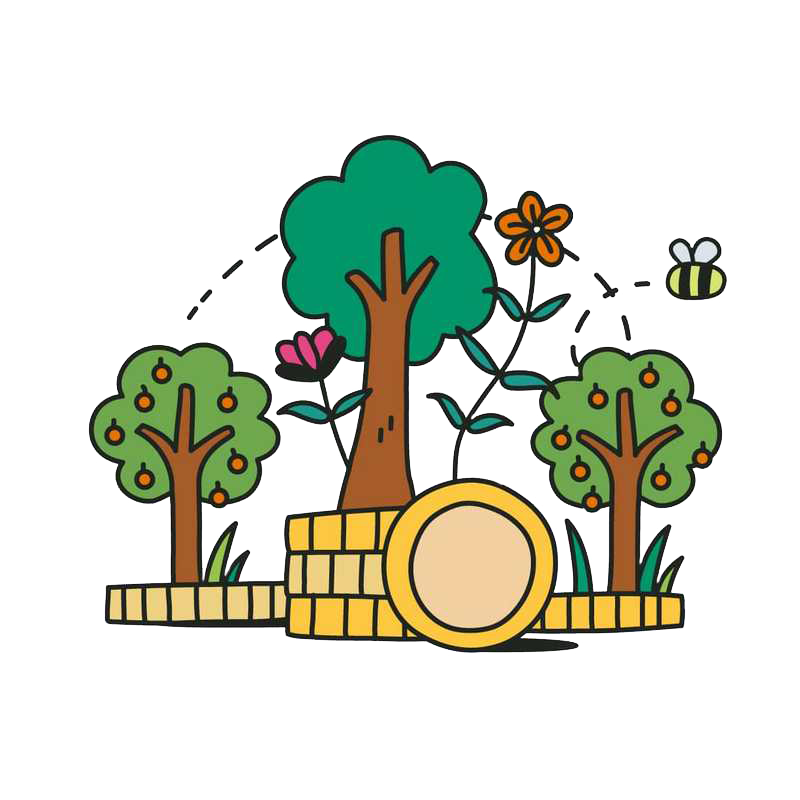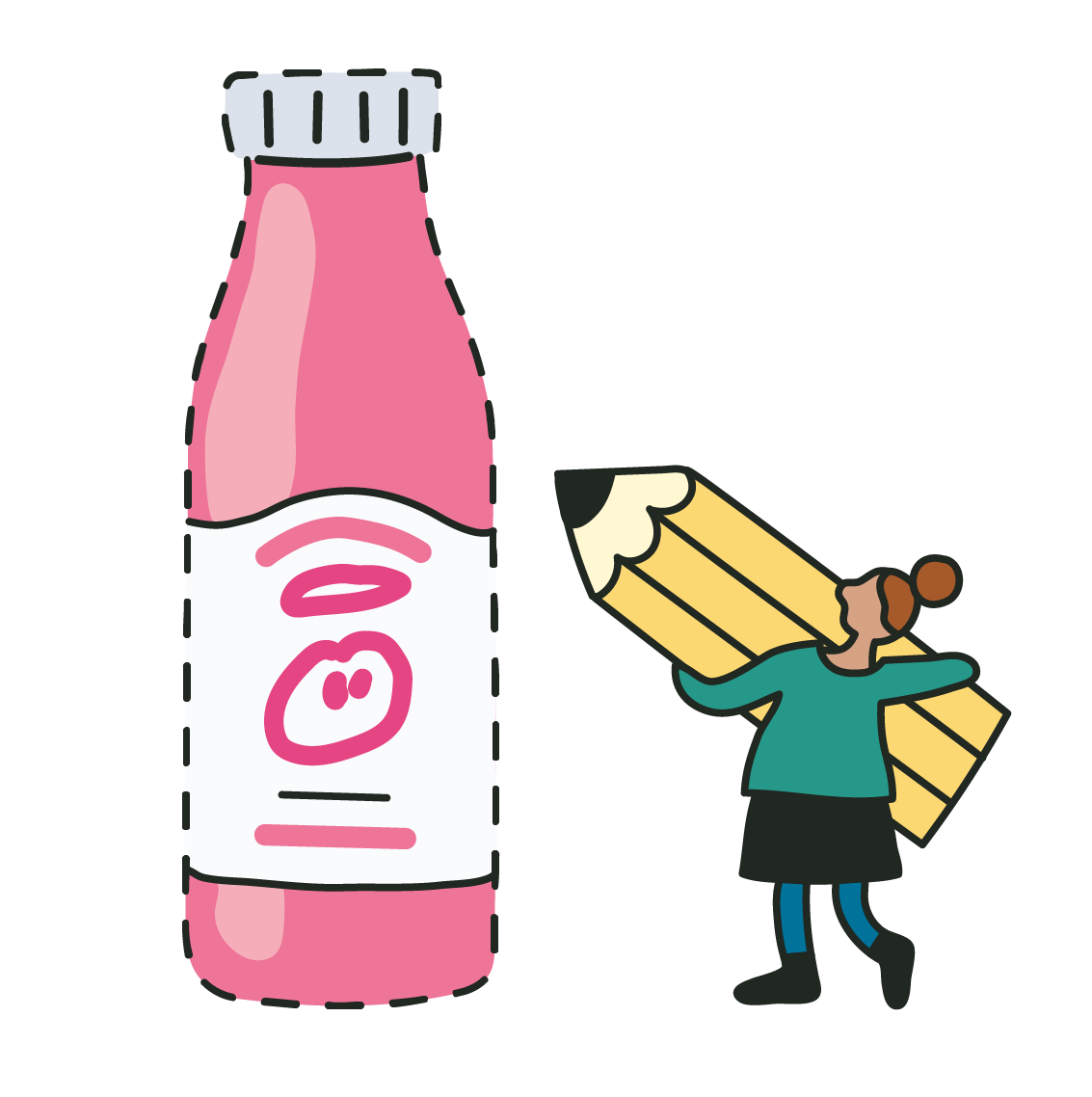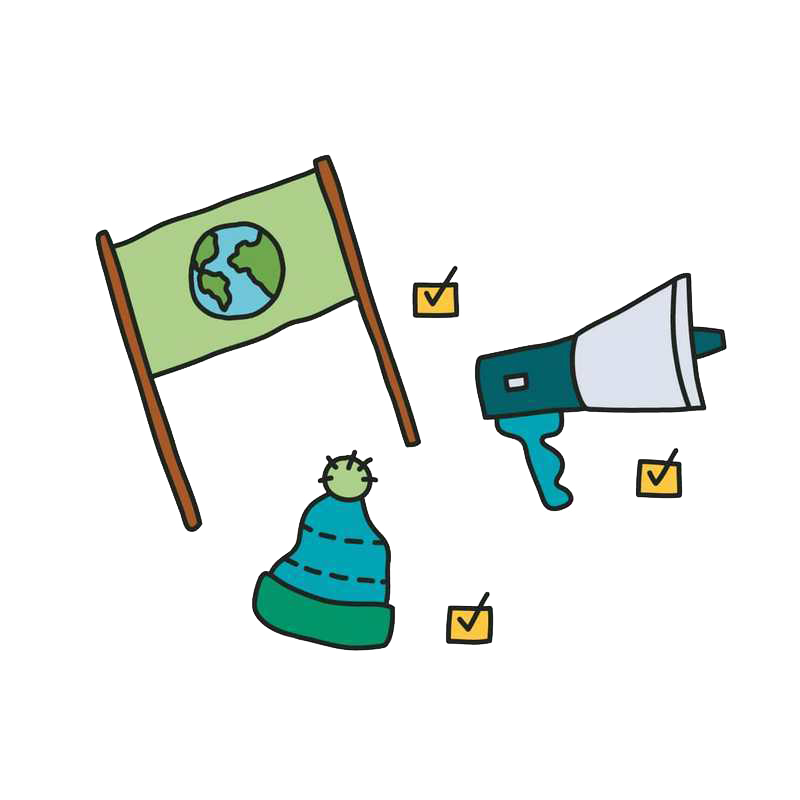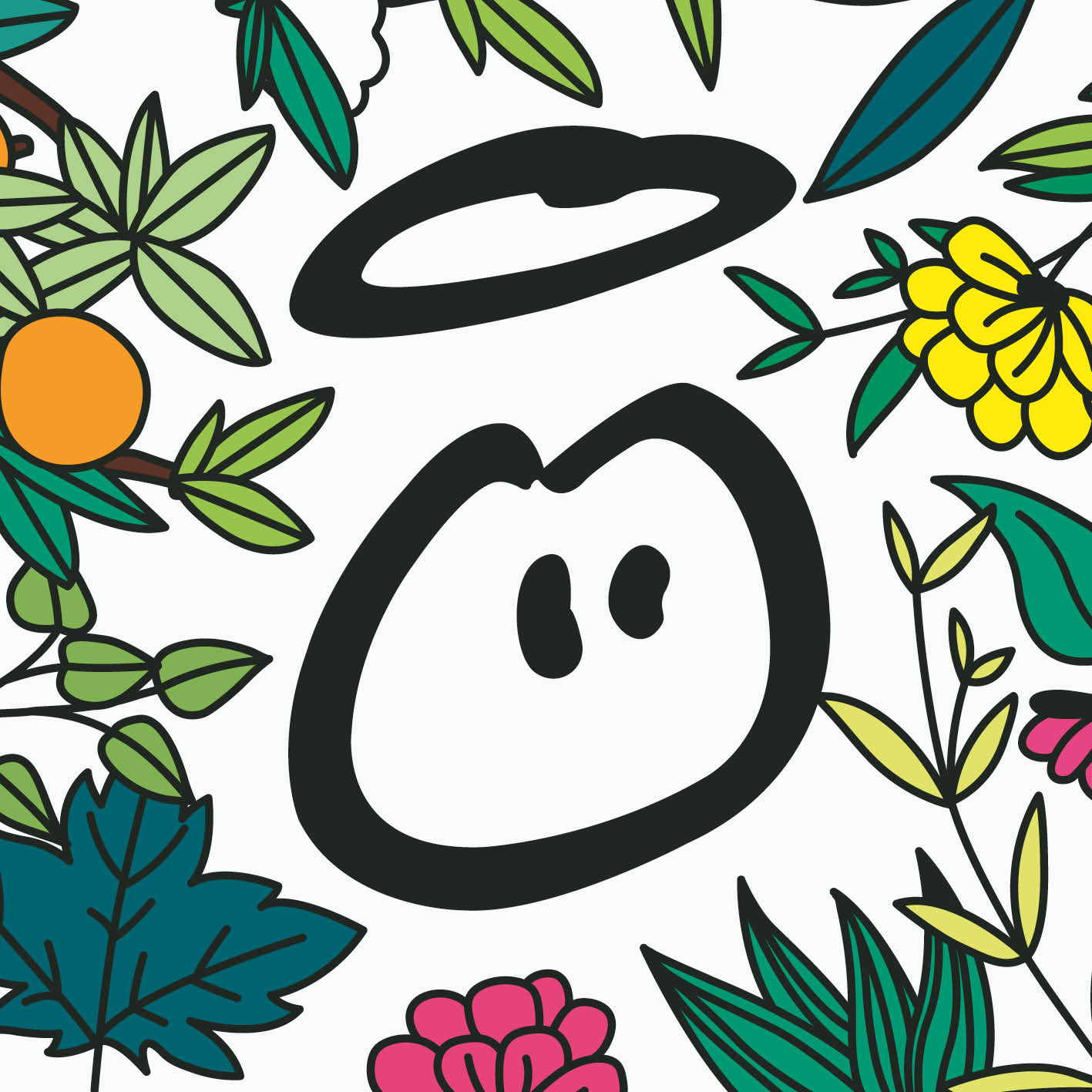© 2021 Fresh Trading Limited. All right reserved.
what we're doing more widely
Welcome to the page with all the fancy words and exciting numbers on it. If you’re into that kind of thing, pour yourself a nice cup of tea – it’s about to get scientifical.
Climate change is one of the biggest challenges facing us right now, and that's why we're doing everything we can to keep global warming below 1.5°C (basically, we don’t want the world’s temperature to rise more than that). But to do it, we need to stay on top of quite a few things.
Like our supply chain. Here's a diagram that shows the percentage of carbon emissions at each stage
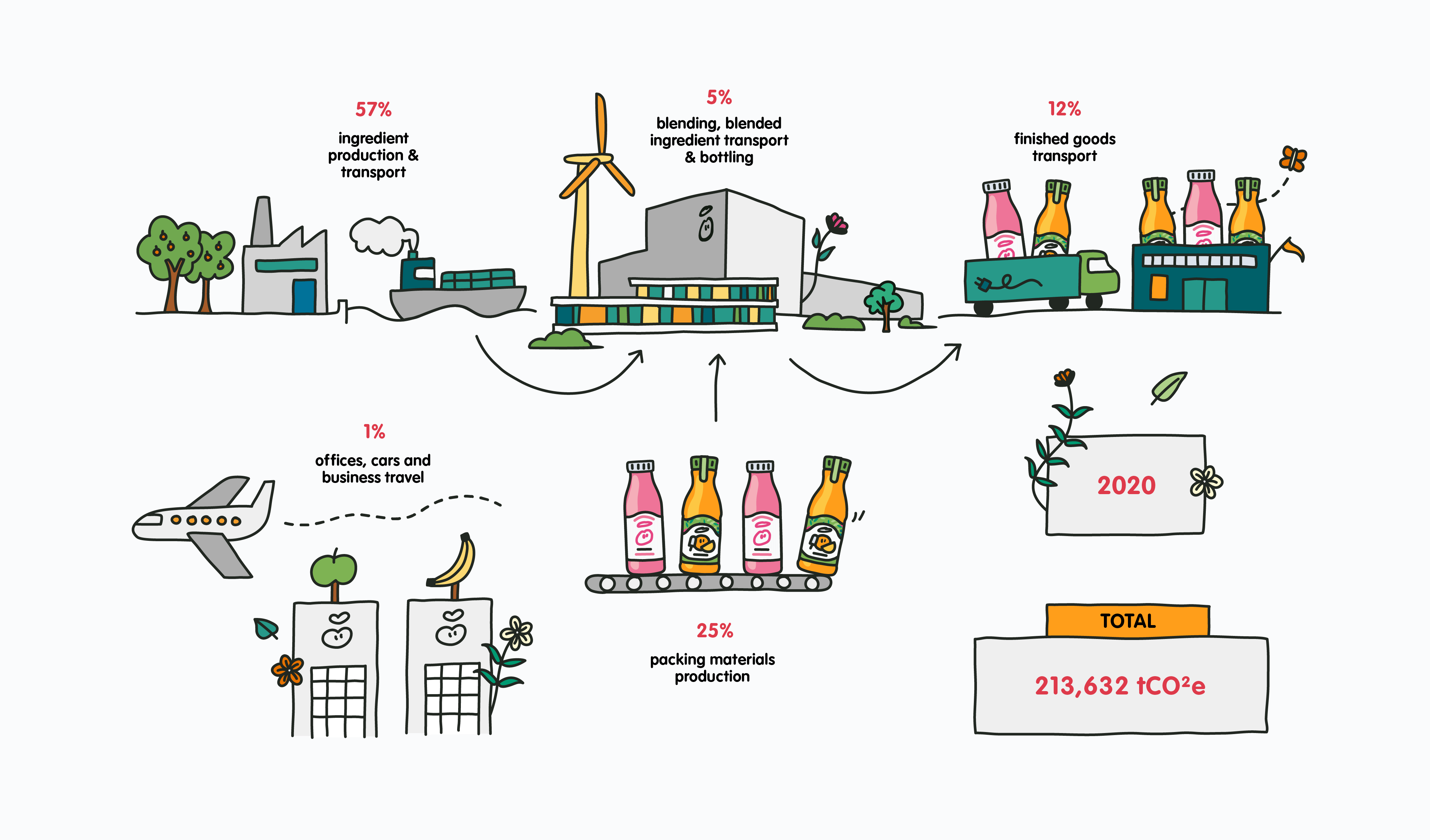
how we're going to tackle our carbon
a short interlude: what’s the difference between carbon neutral and net zero?
Brace yourself for an extremely exciting* metaphor:
*not a guarantee
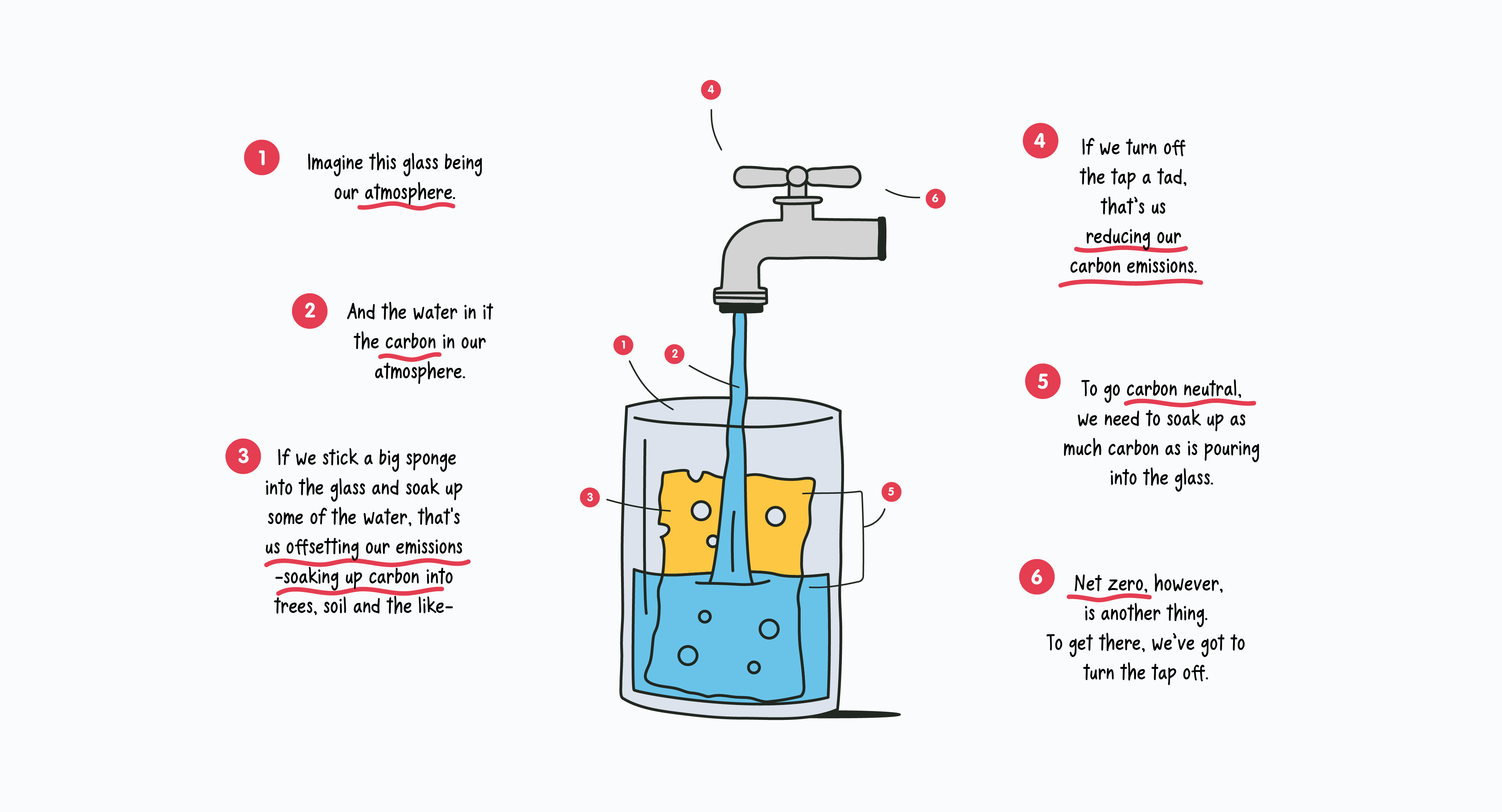
so, any burning questions?

It means we’ve worked out how much carbon it takes to make our orange juice, across the whole product life cycle. We then work with our partner South Pole to support projects that remove or stop the same amount of carbon from being released into the air. All this on top of carbon reduction across our supply chain.
It’s difficult to remove the carbon from some parts of our supply chain. Until we can switch to alternative options (which we have in some cases), we buy carbon action credits to support projects that avoid or remove CO2 from the atmosphere. This handy video explains more if you're interested https://youtu.be/uaqwMEltIrc
We’re going to be carbon neutral across everything as a business by 2025, but we wanted to start with orange juice (smooth and with bits, if you’re asking*) as it’s one of our biggest-selling drinks. We’re also hoping it’ll spark some good conversations around the breakfast table for families across Europe.
*You are, this is an FAQ
Project 1:
Envira Amazonia Tropical Forest Conservation
Protects and conserves Brazilian tropical forest from logging and growing cattle ranches. Also helps biodiversity and supports local communities through sustainable farming programmes.
For more info head here: https://a.southpole.com/public/media/301895/1895.pdf
Project 2:
Guanaré Forest Restoration
Restores damaged grasslands in Uruguay to improve soil quality and biodiversity, and suck up carbon from the atmosphere. Also creates job opportunities in this rural part of the country.
For more info head here: https://a.southpole.com/public/media/302134/2134.pdf
Project 3:
Vaupés Forest Protection
Helps 75 communities in Columbia who have protected their Amazonian forest for generations. Also supports sustainable land use, provides food and offers jobs for locals.
For more info here head here: https://a.southpole.com/public/media/302291/2291.pdf
By planting and protecting trees, mainly orchards across Europe. We’re working with a host of charities all over the continent, and a bunch of them plant or restore fruit orchards, to lock up carbon and increase biodiversity. Some of them even make cider, if that’s your bag.
Well done you. There are plenty of places to do this, but we work with South Pole (www.southpole.com), who you can use to buy offsets. But don’t forget, the most important thing you can do is to cut your emissions in the first place.
As well as everything we’re doing to reduce our emissions, we wanted to work directly with charities to protect and restore natural ecosystems. Doing this helps lock up carbon and supports nature (which is also under threat). We wanted to talk to encourage our drinkers to help make a bigger change, as well.
We’re buying carbon action credits to support three projects with our partners South Pole, that will protect and restore forests. Trees are great carbon sinks (they literally suck carbon out of the air), so the more trees and healthy ecosystems, the more carbon they can absorb.
We reckon that plastic bottles are the best option for our drinks at the minute. They have a smaller carbon footprint than glass and are recyclable (particularly if collected as part of a DRS [link to our campaign in Germany]). We’re also reducing the climate impact of our bottles by making them lighter and removing extra packaging where we can.
In 2022 we’re working with a partner called South Pole to offset our carbon emissions. We chose these projects as they not only locked up carbon but also helped local communities. We also only support projects that have been certified by a standard (in this case by Verra).
It might well be, yes.
It is, yes.
You do not, no.
Maybe, we’ll have a think about it.

